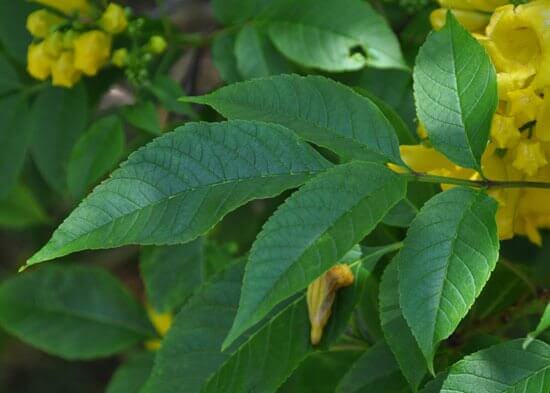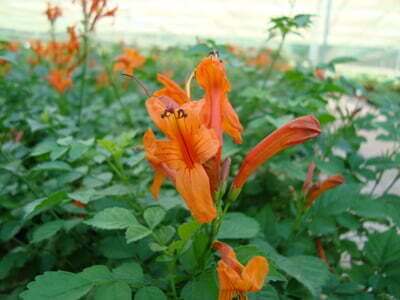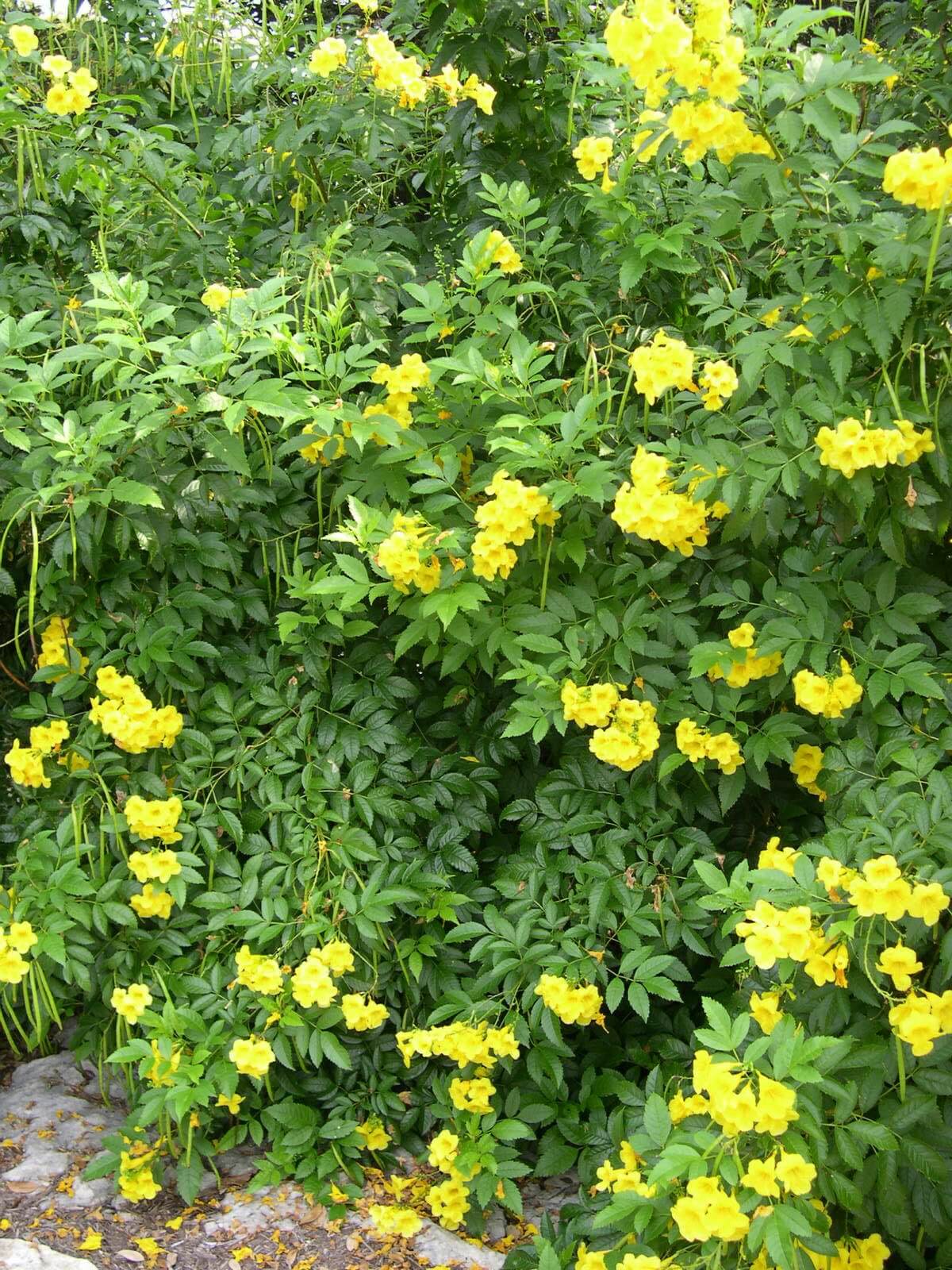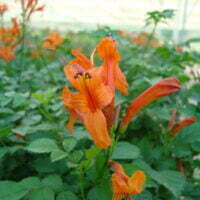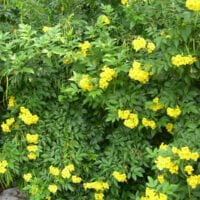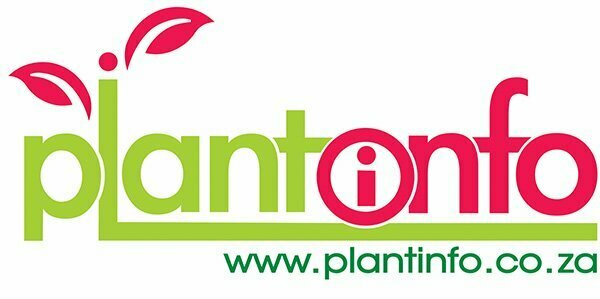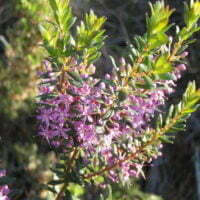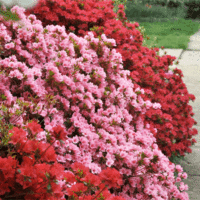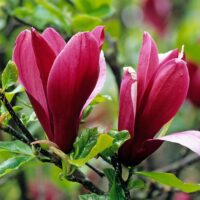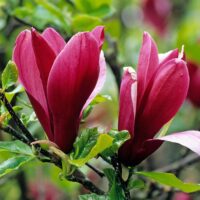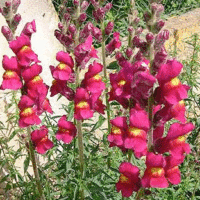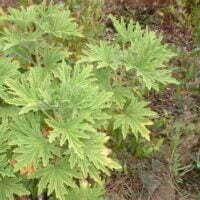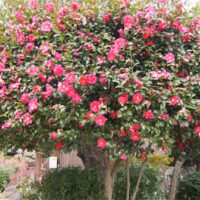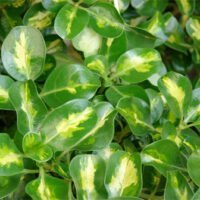| Botanical name | Tecoma species |
|---|---|
| Plant Care |  Full Sun Full Sun – Prefers 6 or more hours of sun per day.  Half Sun Half Sun – Prefers 3 To 6 Hours of Sunlight a Day. |
| Categories | |
| Flowers | This plant bears clusters of yellow, orange and red trumpet-shaped flowers |
| Common name(s) | Yellow Bells |
| Foliage | This plant has odd-pnnate or, rarely, simple leaves. |
| Uses in landscape design | Fine ornamentals for the tropical and subtropical garden. In cool climates they can only be grown as potted shrubs in a greenhouse or conservatory. |
| Drought tolerance | Medium |
| Fruit | The fruit is a smallish pod splitting into 2 halves. |
| Soil conditions | Fertile |
| Wildlife attractions | This plant attracts hummingbirds and butterflies. |
| Interesting info | Tolerates heat |
| Propagation | Propagate from fresh seed, or from tip cuttings or larger cuttings from the previous year's growth. Suckering species can be devided or layered. |
Tecoma species (Yellow Bells)
- Botanical name: Tecoma species
- Common name(s): Yellow Bells
- Categories: Shrubs and Perennials
Plant description:
Tecoma bears clusters of yellow, orange and red trumpet-shaped flowers with odd-pinnate or, rarely, simple leaves. It is heat tolerant and the flowers attract hummingbirds and butterflies. One species (T. capensis), is native to southern and eastern Africa.
Family: Bignoniaceae
Synonym: Stenolobium, Tecomaria
Botanical Pronunciation: te-COH-muh
Tecoma species requirements and features
info on these icons
Moderate Maintenance
Requires moderate maintenance.
Prohibited Use Notice: No Data Scraping Allowed Except for Search Engine Indexing:
The content provided on PlantInfo.co.za is intended for personal, non-commercial use only. Unauthorized extraction, reproduction, or use of the data, including scraping, for any purpose other than search engine indexing is strictly prohibited. Violations of these terms may result in legal action. By accessing and using this website, you agree to comply with these conditions and acknowledge the legal restrictions on the use of our content.
This plant bears clusters of yellow, orange and red trumpet-shaped flowers
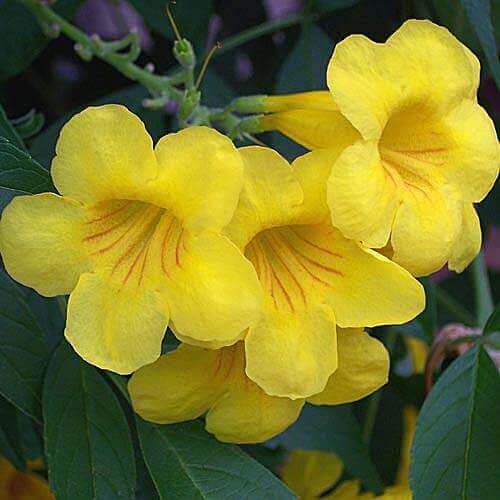
This plant has odd-pnnate or, rarely, simple leaves.
